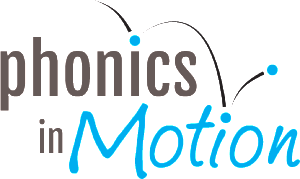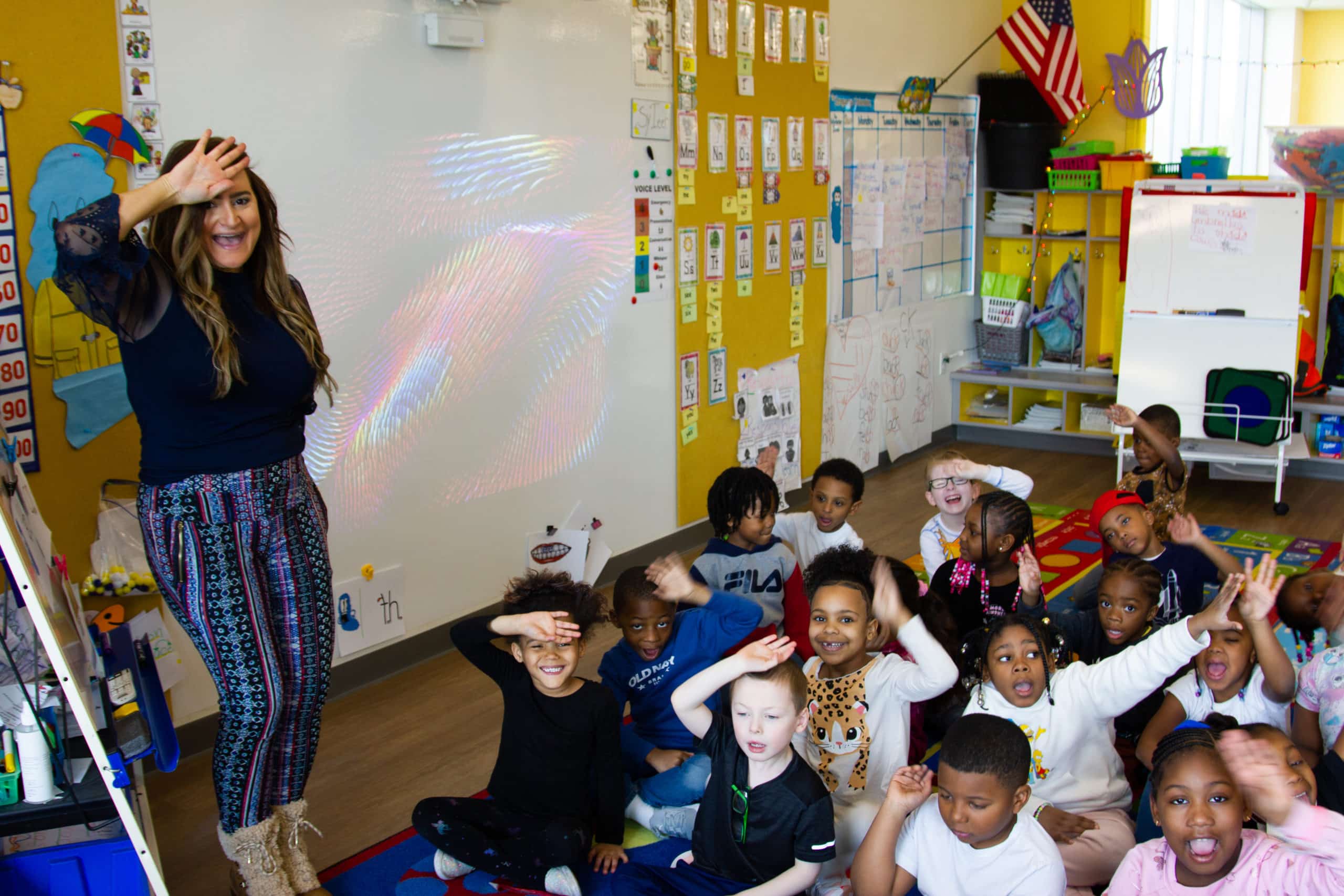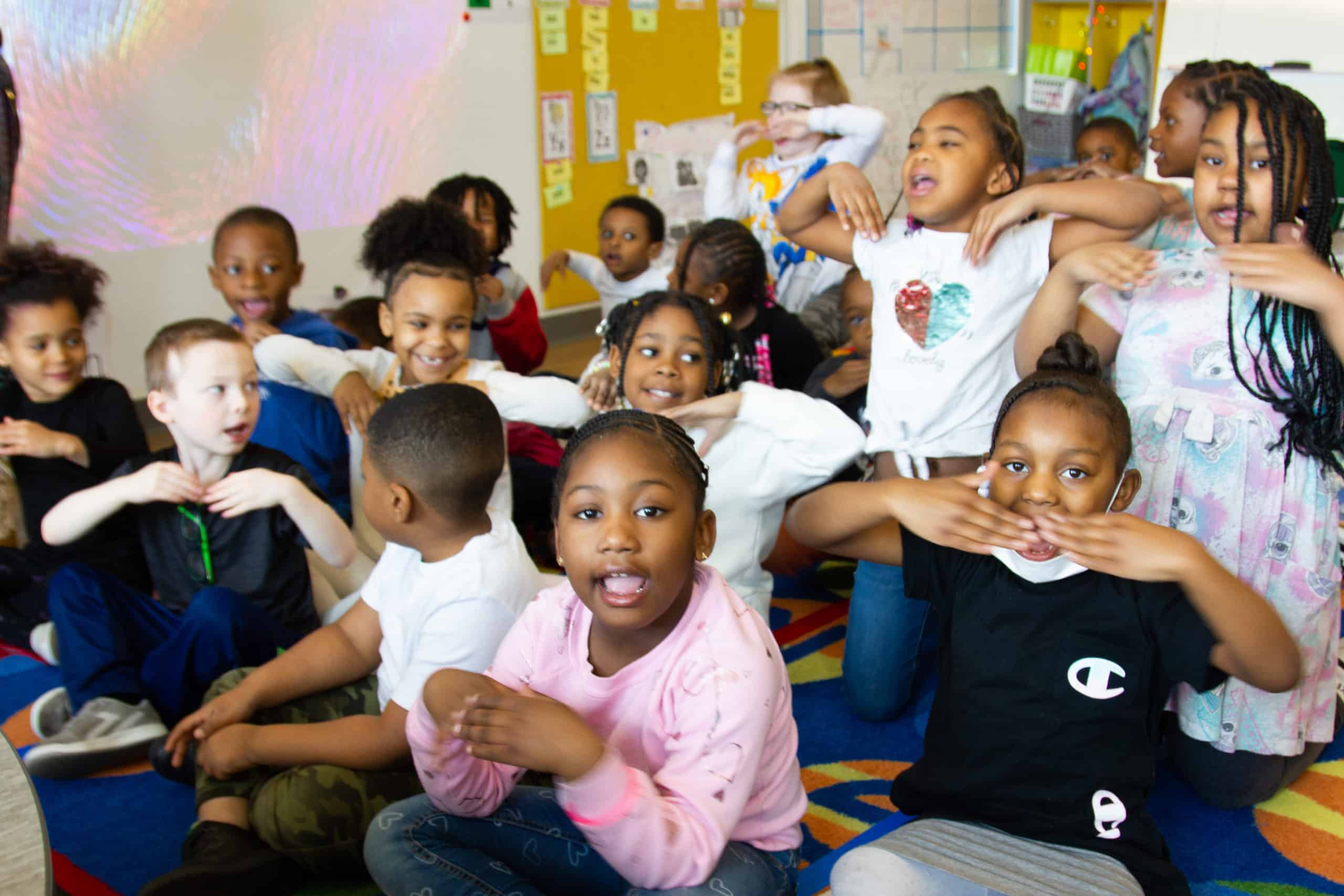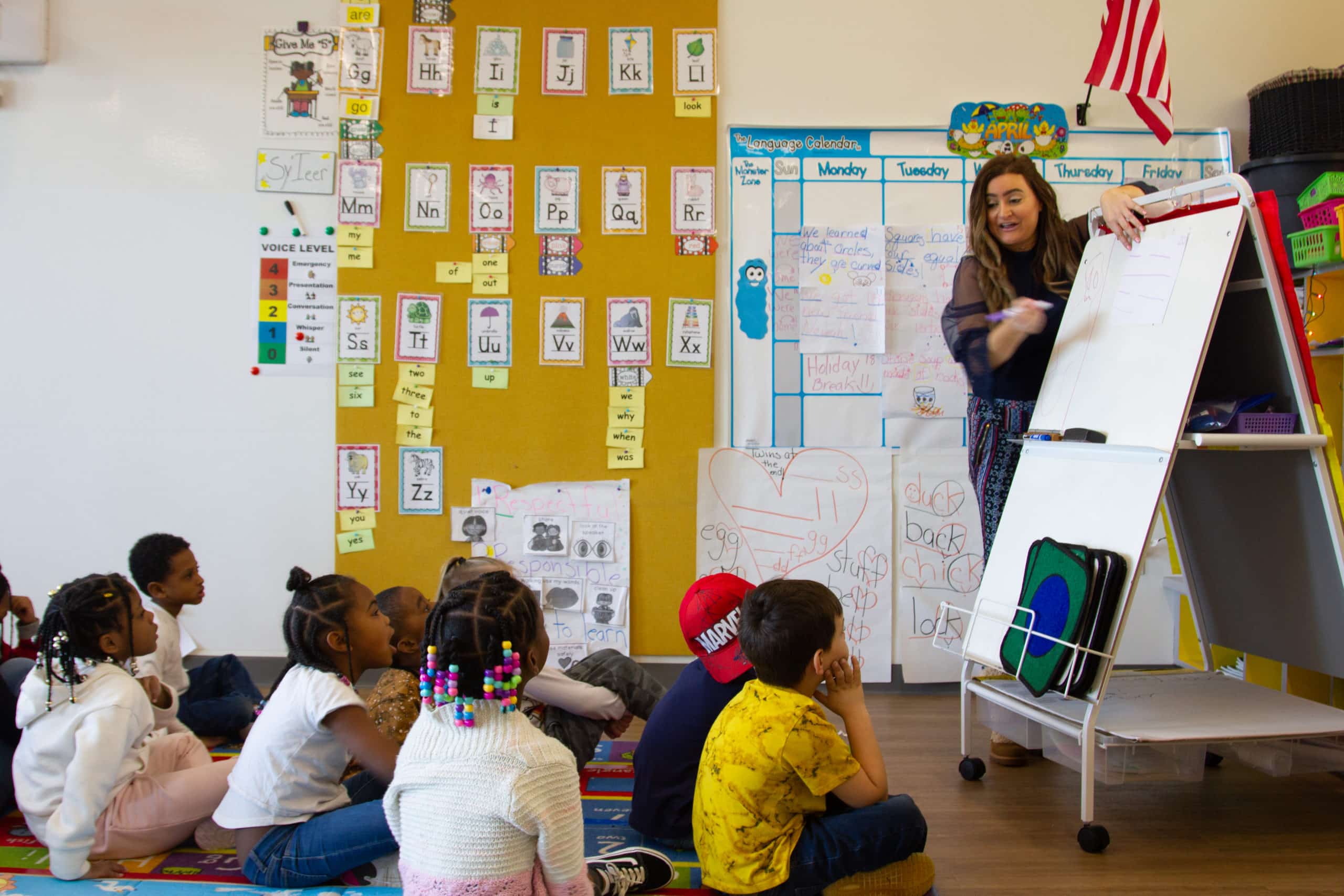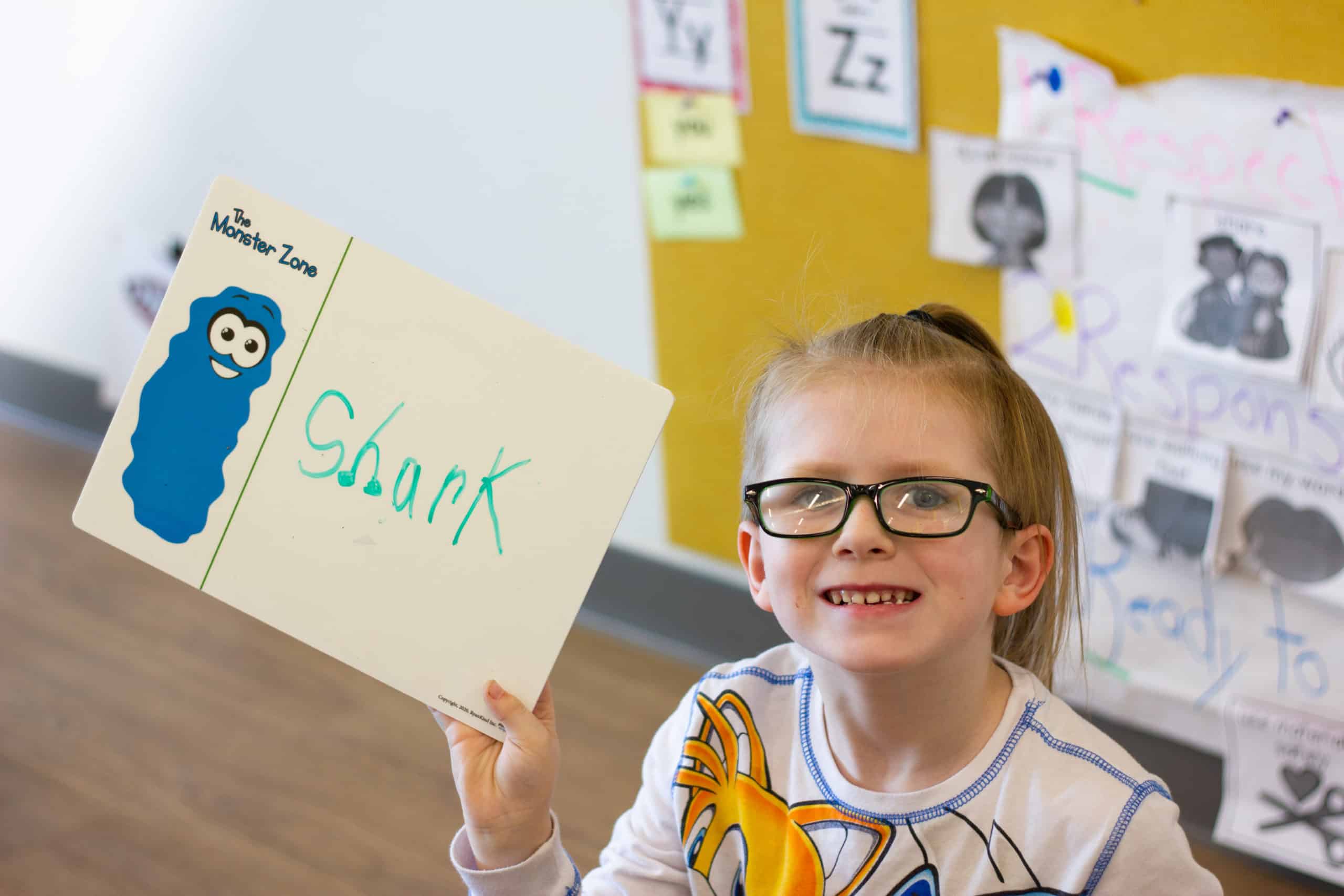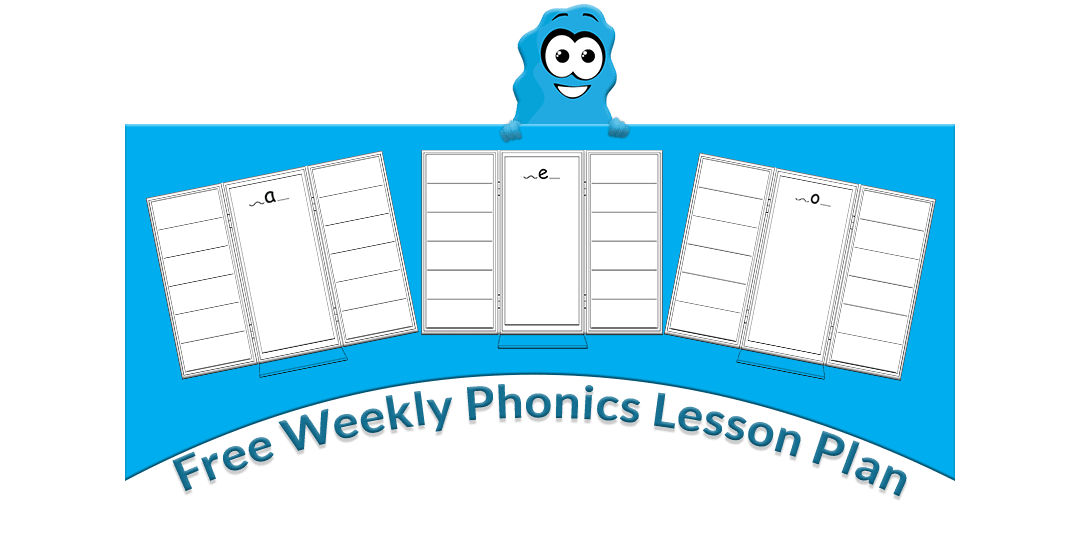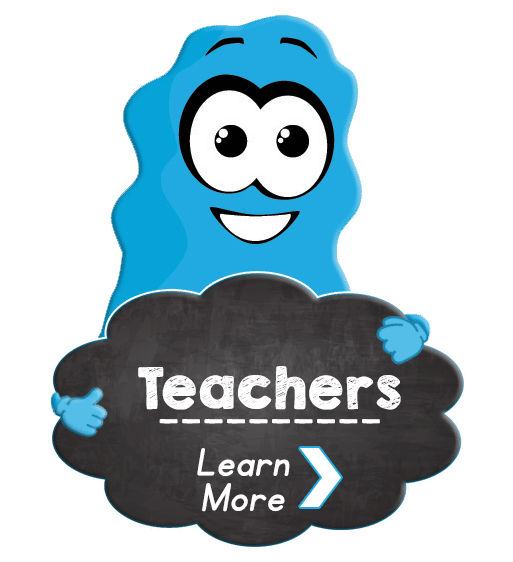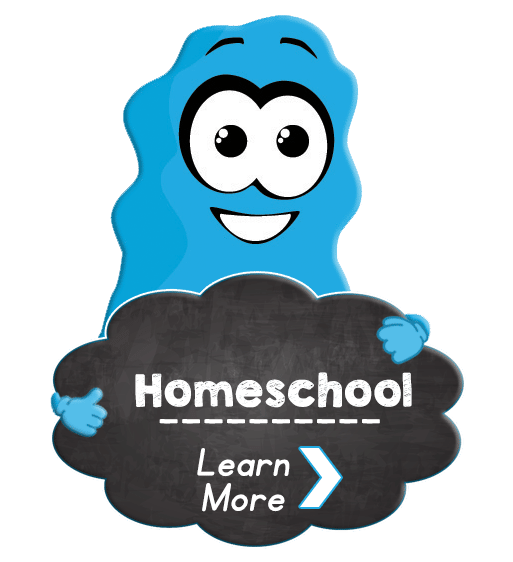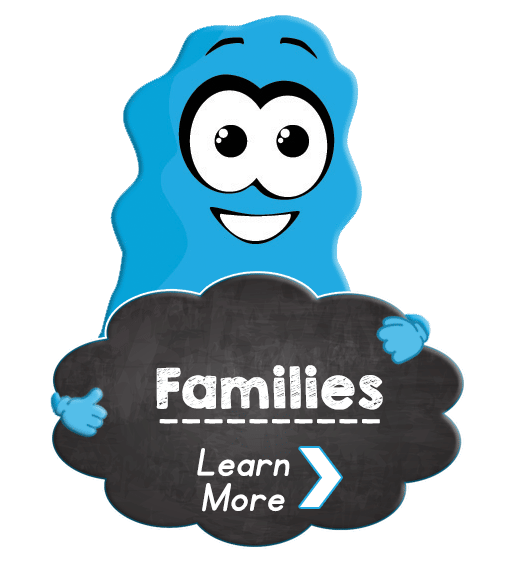5 Reasons To Teach Letter Sounds With Movement
One of the most effective ways to teach phonemic awareness and phonics is to teach letter sounds with movement.
The benefits of multisensory literacy instruction are endless, but we know that kids learn better when they are engaged, moving, and having fun.
Teach letter sounds with movement to help kids see and feel sounds, get immediate feedback on whether or not a child understands a phoneme, harness kid energy during literacy lessons, provide a whole-body learning experience, and involve kids in the learning process.
When To Teach Letter Sounds?
Children are fascinated by letters and words. This fascination is a natural part of growing up, as children learn to recognize and remember symbols that represent sounds.
The younger children are when they begin to recognize letters and understand the sounds they make, the greater their understanding of reading will be. Once they understand that letter sounds and letters make up a code, their learning skyrockets.
The best time to teach letter sounds is before children start school. By laying a foundation of phonemic awareness, they learn that letter sounds aren’t used in isolation — they’re used in words and sentences. Knowing this heading into formal reading instruction can give kids a head start!
Why Teach Letter Sounds First?
As we learn to speak, we are also learning about the world around us. The more we talk about things, the better we become at describing them in words. The same goes for reading! Reading requires us to take in information and then make sense of it all through language skill development.
By teaching your child letter sounds, they will be able to use these skills while they learn how to read words and sentences on their own!
Children learn to read by associating sounds with letters and then blending letters into words. Children who have strong phonemic awareness are more likely to be able to do this. They are also more likely to succeed at beginning reading instruction because they have mastered the skills needed for effective decoding and spelling.
5 Reasons To Teach Letter Sounds With Movement
Teach letter sounds with movement to improve literacy outcomes and help students build a positive relationship with lifelong learning.
Reason 1. Motions Help Kids Feel And See Sounds
By giving children a motion, sound becomes tangible. This gives kids another avenue for learning phonemic awareness, and they are not dependent on word walls or sound walls to remember how to form letter sounds properly.
By acknowledging that sounds are matches to specific letters, kids quickly crack the code and are able to apply these skills to reading and writing. By laying a solid foundation of phonemic awareness and phonics, kids can always assess a word and bring it back down to the smallest unit of sounds.
Reason 2. Educators Get Immediate Information For Intervention
Teachers benefit from the ability to intervene immediately when a student needs help. With Kinesthetic Motions for the Phonemes (KMPs) you can see what your students are hearing (or aren’t hearing). This gives you the opportunity to jump in right away to help them understand the correct tension and pronunciation.
Reason 3. Harness Kid Energy For Optimal Literacy Outcomes
By including motion in early literacy instruction, kids stay engaged! Our mission at Phonics in Motion is to let kids be kids. That means we meet them right where they are in their educational journey, and that includes keeping learning to read and write fun and high energy!
Instead of focusing on seatwork, word walls, and memorization, we teach phonemic awareness in a way that resonates with kids. By integrating specific letter sounds into everyday activities, kids learn while having fun, helping them develop a great relationship with education!
Reason 4. Provide a Whole Body Learning Experience
We all learn in different ways, and honoring that right from the start in literacy education is so important. By teaching phonemic awareness with motion, we remove barriers to education for students who may struggle.
By leveling the playing field, we craft an inclusive learning environment that gives children the opportunity to take risks in their learning journey without worrying about doing it “wrong”.
Reason 5. Involve Kids In The Learning Process
Kids LOVE to be involved in the learning process, and when we use motion to teach letter sounds we allow them to make choices and decisions. By giving them the instructions they need to learn and scaffold letter sounds, you can turn any experience into a literacy experience.
For example, maybe you planned to read stories but they felt like it was a good day to play outside. When you aren’t tied to worksheets, you can effortlessly teach letter sounds as they are bouncing across the playground.
How To Teach Letters and Letter Sounds
One of the ways we teach letters and letter sounds in Phonics in Motion is with Kinesthetic Motions for the Phonemes (aka KMPs). Specially designed to match the articulation of sounds, these motions create tension in the body, giving kids a sense of sound to imprint in muscle memory.
This tension takes multisensory learning to the next level. By giving kids a motion for each letter sound, they are able to create an “anchor” in their brain, giving them a safety net when they can’t remember a phoneme. For example, if they can’t remember the /s/ sound, they can often remember the motion which helps bridge them to the sound.
Using these motions, kids learn how to isolate, identify, and manipulate sounds. This gives them the important skills needed to independently scaffold.
It is only when they learn how to crack the code between letters and letter sounds that we see explosive language and reading development.
